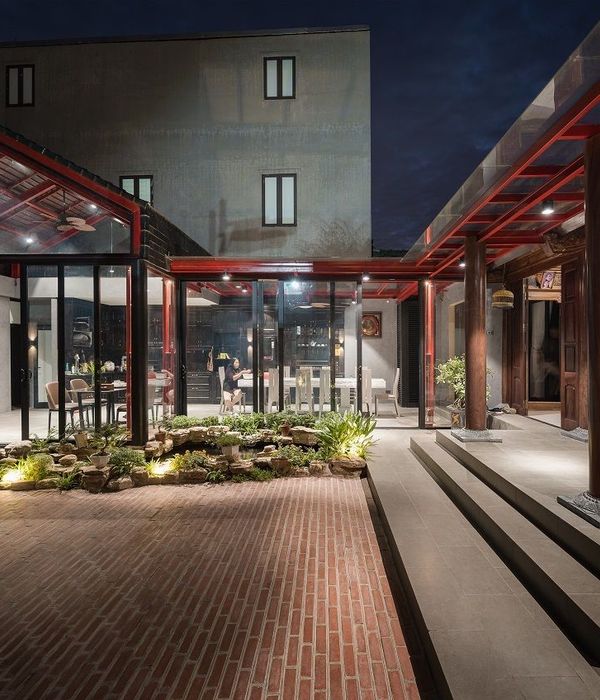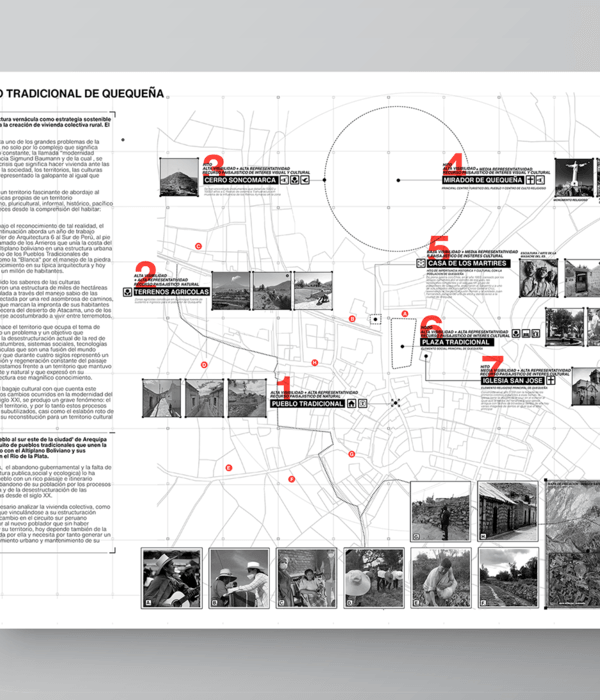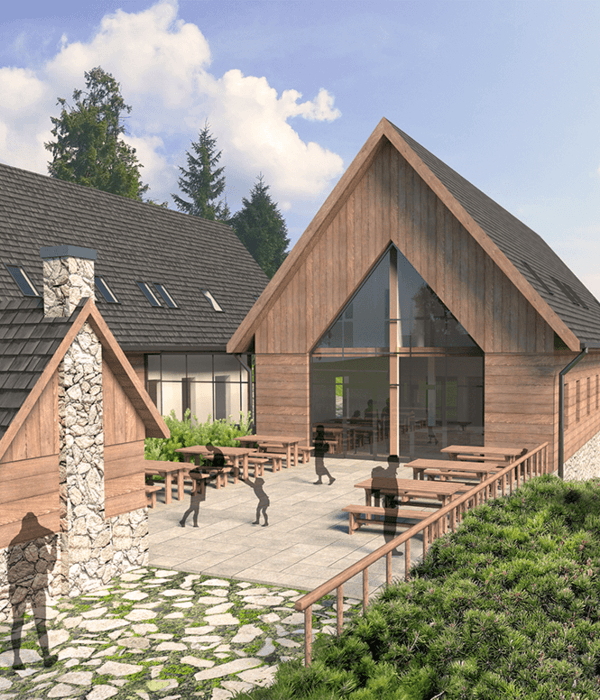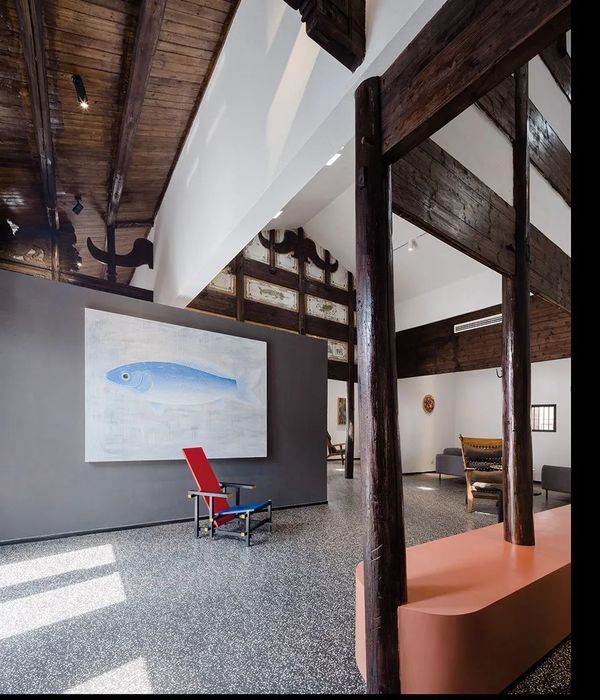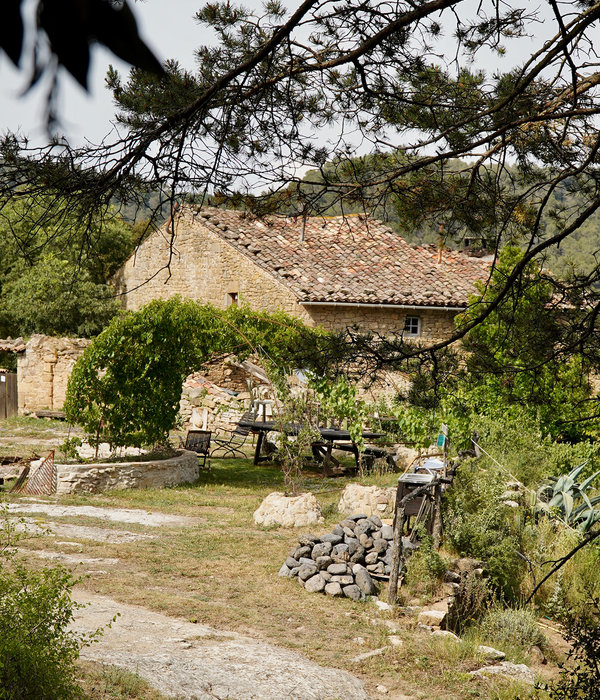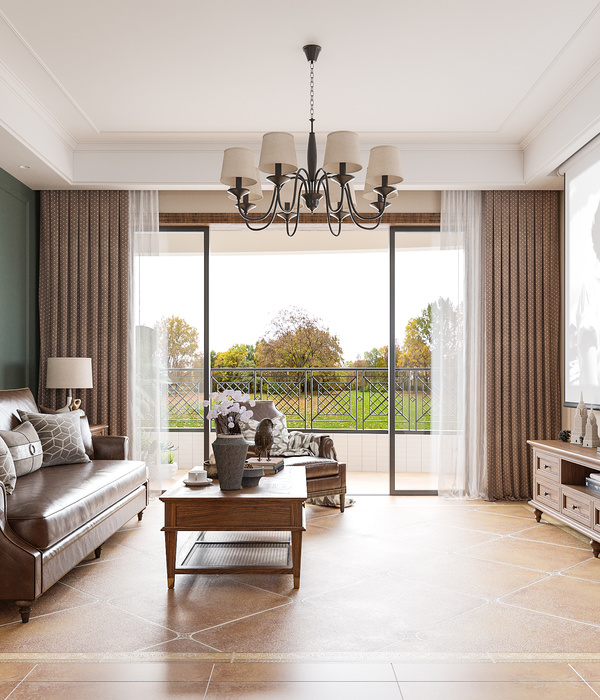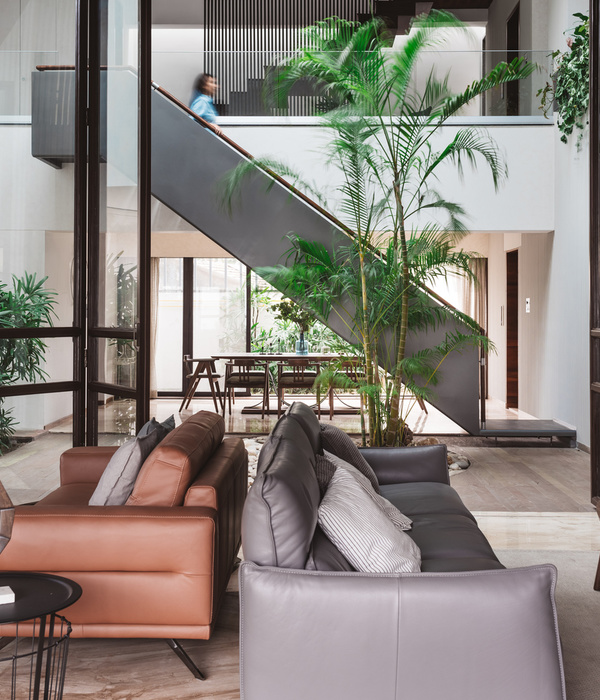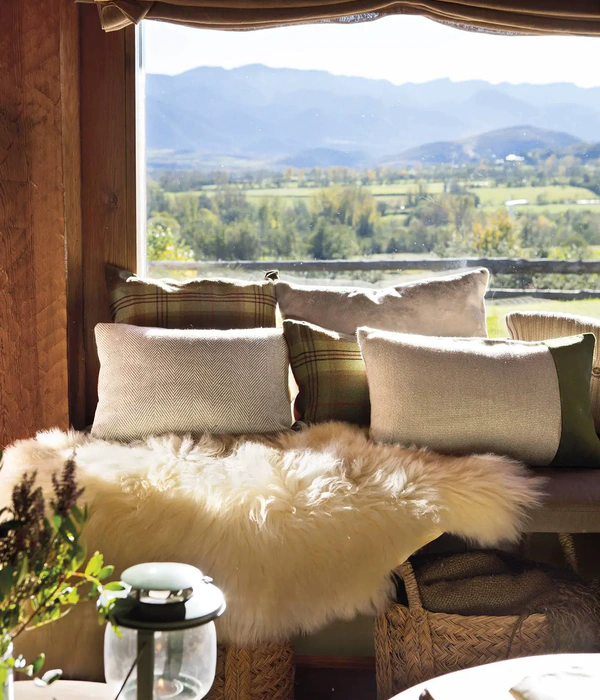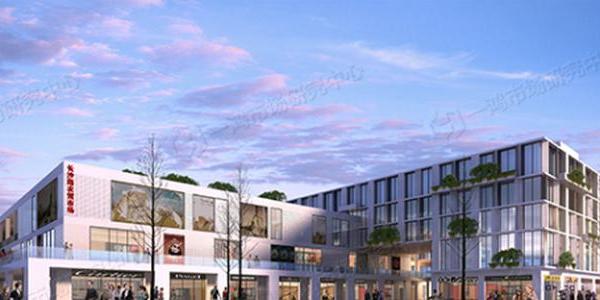架构师提供的文本描述。设计-建筑教学是一种创新的方法来教育建筑师和建筑,有潜力推进实践和学院。田纳西大学建筑和设计学院的学生和教员与伊丽莎白·伊森建筑和其他专业人士及城市官员合作,为比尔兹利社区农场-一个非营利性城市农场-创造了一座创新的公共建筑。通过关注有意义的社区参与,学生能够深入学习设计、工艺和社区的各个方面,并产生深远的影响。
Text description provided by the architects. Design-build teaching and learning is an innovative approach to educating architects and making architecture, with the potential to advance both the practice and the academy. Students and faculty from the University of Tennessee’s College of Architecture and Design worked in partnership with Elizabeth Eason Architecture and other professionals and city officials to create an innovative public building for Beardsley Community Farm—a non-profit urban farm. By focusing on meaningful community engagement, students were able to deeply learn aspects of design, craft, and community with profound effect.
Students Design
学生设计
比尔兹利社区农场通过教育和社区外联促进粮食安全和可持续农业。他们在一个经济困难的城市社区里的一个公共公园里经营了18年,用非常有限的资源勉强度日。教育中心包括多用途教室、行政办公室和洗手间的内部空间。该设计尽量减少了条件反射,增加了遮蔽的外部空间,作为一个欢迎中心,室外教室,泥泞的蔬菜加工空间,和一个适度的竞技场对公园。
Beardsley Community Farm promotes food security and sustainable agriculture through education and community outreach. They have operated out of a public park in an economically-challenged urban neighborhood for 18+ years, making do with very limited resources. The Education Center includes interior spaces for a multipurpose classroom, administrative offices, and restrooms. The design minimized the conditioned footprint to add sheltered exterior spaces serving as a welcome center, outdoor classroom, mudroom for vegetable processing, and a modest amphitheater addressing the park.
© Bruce Cole Photography
布鲁斯·科尔摄影
Floor Plan
© Bruce Cole Photography
布鲁斯·科尔摄影
设计方法的特点是一系列的覆盖和对比,就像比尔兹利农场本身是一个鲜明的实体-城市结构中的一个农场。当代白话的思想存在于各个层面:地点、计划和细节。设计论文的目的是通过为有意义的社区参与创造一个空间,为农场的外展使命创造一个便利的建筑。可持续性和工艺的综合问题至关重要,同样重要的是强调设计领导和促进公共空间的道德必要性。在学术驱动的设计-建造模式允许项目完成在高水平的设计,最低限度的项目资金,在建设时间表上只有10个月。
The design approach is characterized by a series of overlays and contrasts, just as Beardsley Farm is itself a contrasting entity—a farm within the urban fabric. Ideas of the contemporary vernacular are situated at all scales: site, plan, and detail. The design thesis is to create architecture that facilitates the Farm’s outreach mission by making a place for meaningful community engagement. Comprehensive issues of sustainability and craft were critical, as was the emphasis on design leadership and the ethical imperative of contributing to public space. The academically-driven design-build model allowed the project to be completed at a high level of design for minimal project funds on a construction schedule of only 10 months.
© Bruce Cole Photography
布鲁斯·科尔摄影
{{item.text_origin}}

